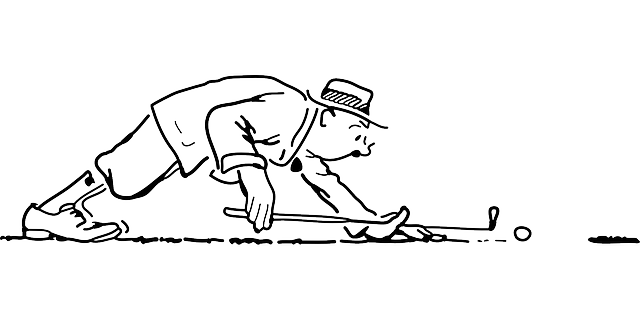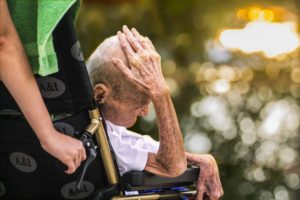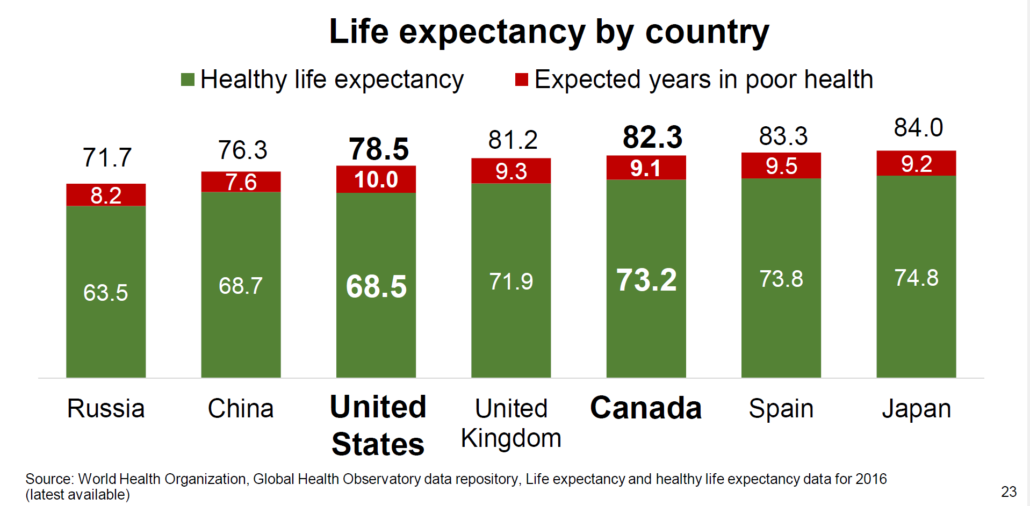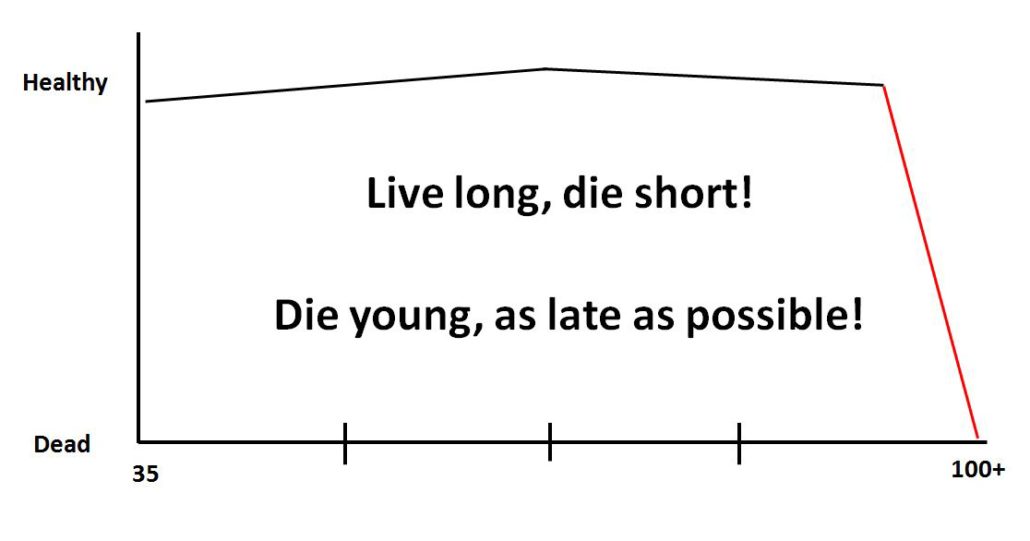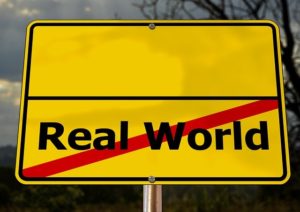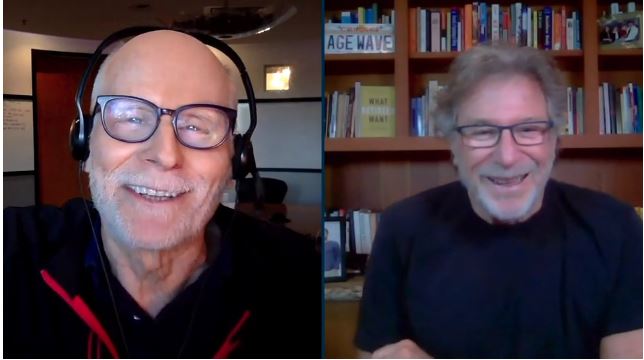What was a choice you made that completely changed your life? Here’s mine. What’s yours?
What was a choice you made that completely changed your life?
This question was posted recently on Quora.com. I was intrigued by it and decided to pen out a response.
I had to think hard because, after chewing up nearly all of eight decades, there have been just a few choices along the way.
The first thought that came to my mind was my decision to leave Wyoming and head to the east coast for my first job. It’s when I first discovered there is this natural phenomenon called “trees.”
Certainly, choosing my roommate of 50 years was a life changer. Life got better 50+ years ago (we hit “The Golden” on 12/27/20) when our relationship started. Not always easy, but always better.
I have to say that for two reasons:
- It’s the absolute truth.
- She is the final proofread on all of these articles.
Let’s see, what else completely changed my life?
It could be when I quit smoking 41 years ago on June 6, 1979. That was a significant turning point.
Naaa. Lots of people do that.
Let me go with my decision to leave corporate cubicle-nation and start my own business at age 60 in 2002.
That still remains a popular option for many, so I’m gonna pass on that one.
OK. It’s a tie. My bride of 50 years and – – – – well, this is probably going to sound weird.
I’m including my decision to stop time traveling!

Whaa? Time travel?
Yep. When I decided – with considerable difficulty, mind you – to stop traveling into the past or the future and to kick worry to the curb, life got decidedly better.
You see, with a lot of reflection and study, I’ve learned that the main residents in both of those domains aren’t particularly good for our physical or mental health or success in life.
Regrets, guilt, remorse in the past. And shame – the worst and most powerful.
Fear and the ever-present worry dominate the future.
Not good thought-mates for moving forward in life.
Addicts discover this truth – or they remain addicts. I saw it first hand. Especially the overwhelming power of shame. “Day at a time” and the sense of a power greater than oneself is at the heart of recovery for the addicted. It also is a key to living a healthier, stress-free, successful life.
Dale Carnegie said it years ago:
“You and I are standing this very second at the meeting place of two eternities: the vast past that has endured forever, and the future that is plunging on to the last syllable of recorded time. We can’t possibly live in either of these two eternities – no, not even for a split second. But by trying to do so, we can wreck both our bodies and our minds.”
One of my favorite authors, Steve Chandler, super-coach, prolific writer, and former addict brings credibility and experience to this present-moment idea. His book “Time Warrior: How to Defeat Procrastination, People-Pleasing, Self-Doubt, Over-Commitment, Broken Promises and Chaos” is a worthy read and introduces the idea of linear time, where most of us live, versus non-linear time (day-at-a-time) where we should be living.
From “Time Warrior” (bolding is mine):
“Stay out of the past unless you are dissolving past beliefs that are dragging you down. And stay out of the future unless you are loving drawing a map of it for yourself to follow. But even that is a present moment activity. Make today and only today your masterpiece.
Non-linear time management doesn’t allow that line that stretches into the future because the linear thought process always produces stress – unreasonable stress. Create your perfect day. Figure out what you have to do in one day (today) to automatically meet that deadline.
Non-linear time management doesn’t ever have a long timeline. It has two choices: now or not now.”
The past is history; the future is a mystery. The power is in NOW – this very moment.
Learning to practice that and striving to live it continues to be pivotal in my intentional, endless transformation. Even with my awareness, too many days are lost to hopping on my time-travel machine between my temples and wasting the most valuable, unreplenishable resource I have. I’m getting better, but “the resistance” is relentless.
If you’ve got this mastered, I’m all ears on how to get all the way there: gary@makeagingwork.com or 720-344-7784.
Do you have a life-changer you’d like to share? Love to hear your story. Shoot over a comment below or drop me an email. What say we all use the goofiness of 2020 to move toward the acceptance that all we’ve really got is the day we are in?





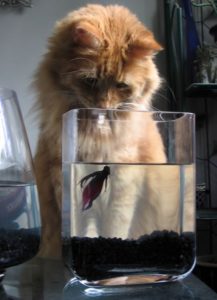


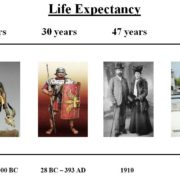
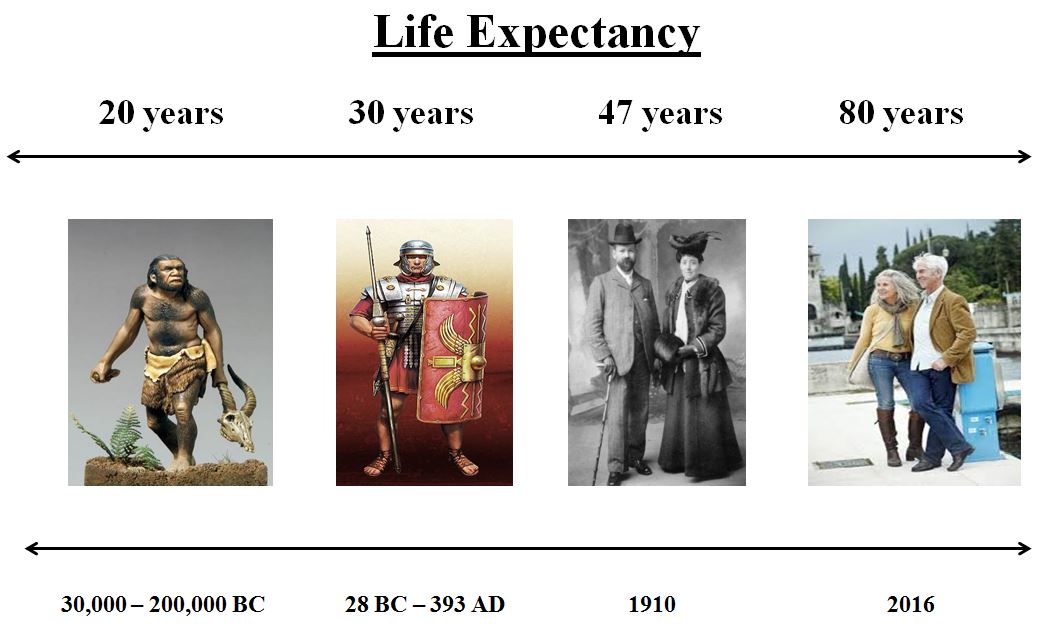
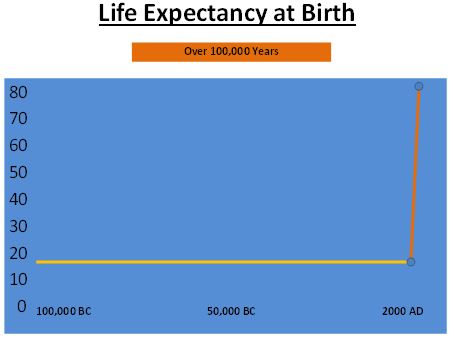
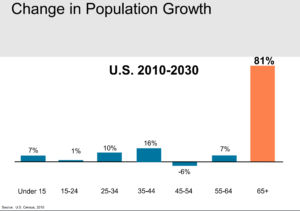
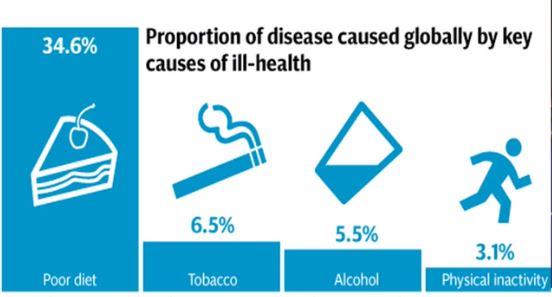 It’s simple in concept, tough in practice. But we know moving to a Whole-Food-Plant-Based diet and away from Calorie-Rich-and-Processed will slow the slope.
It’s simple in concept, tough in practice. But we know moving to a Whole-Food-Plant-Based diet and away from Calorie-Rich-and-Processed will slow the slope.



